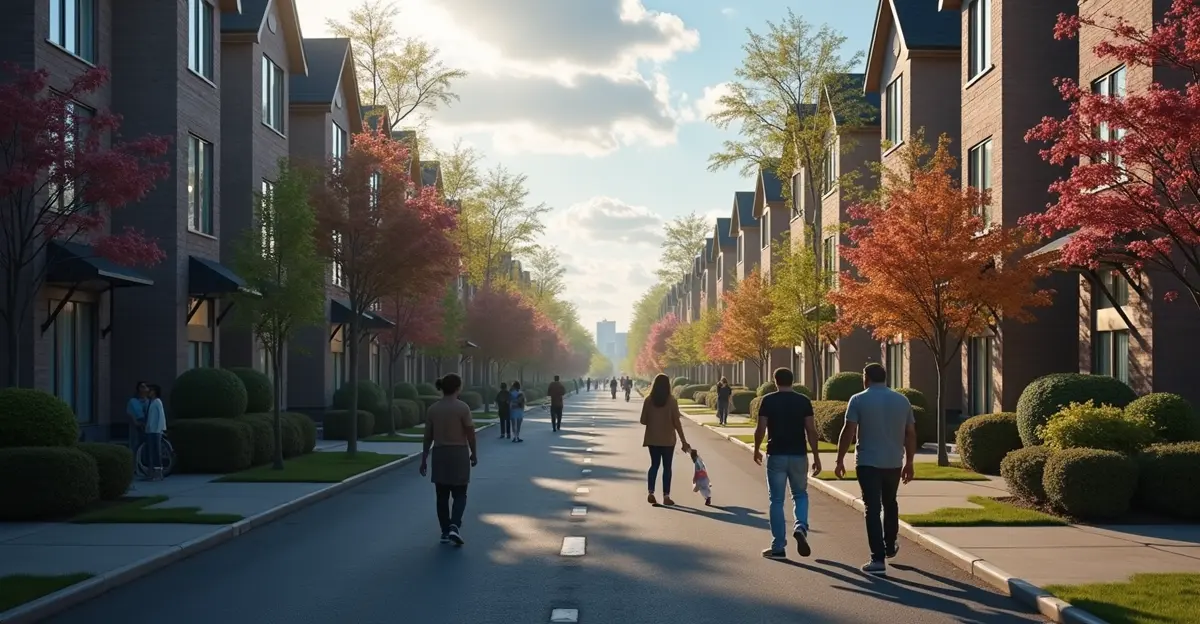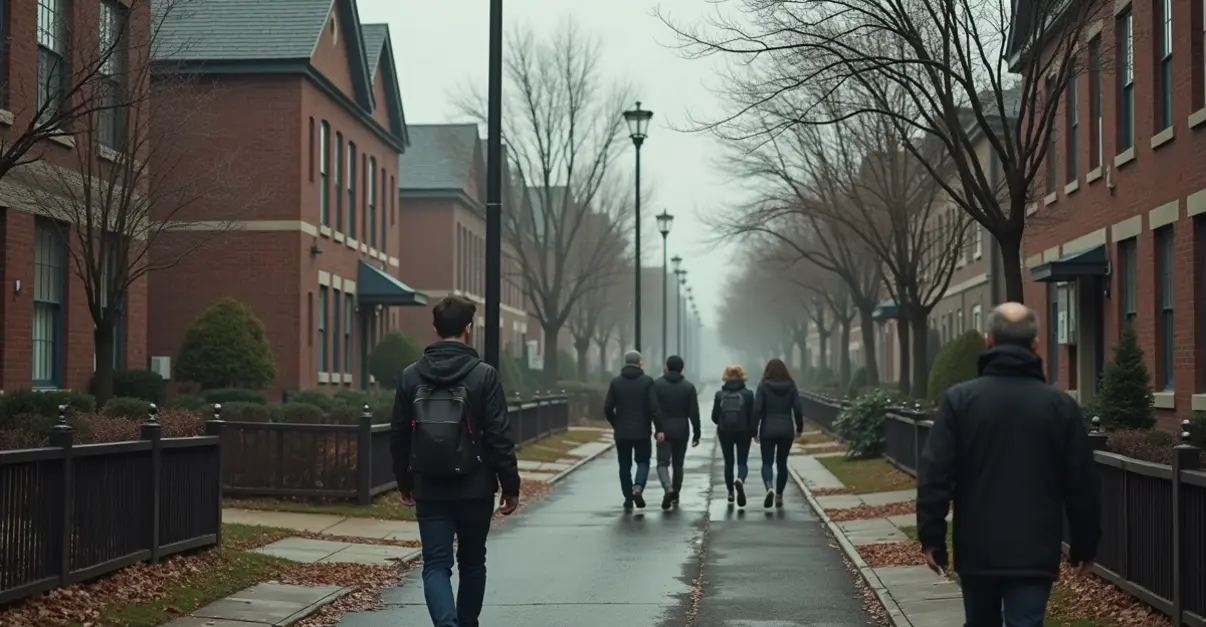High interest rates in 2025 are creating severe housing affordability challenges, with mortgage rates near 6.5% pricing out buyers and driving rental costs higher. Policy responses include zoning reforms and rental assistance, while experts predict gradual market improvement.

The Affordability Crisis Deepens
As we navigate through 2025, the housing market continues to grapple with the lingering effects of elevated interest rates. With the Federal Reserve maintaining a cautious stance on monetary policy, mortgage rates have settled in the mid-6% range, creating significant challenges for prospective homebuyers and renters alike. 'We're seeing a perfect storm of high borrowing costs and limited inventory,' says Sarah Johnson, a senior economist at J.P. Morgan. 'Many families who could afford homes just two years ago are now priced out of the market.'
Mortgage Affordability Hits Record Lows
The impact on mortgage affordability has been particularly severe. According to recent data from Investopedia, the average 30-year fixed mortgage rate stands at 6.43% in early 2025, nearly double the pandemic-era lows. This translates to substantial increases in monthly payments - a 2% rate increase on a $320,000 loan adds over $320 per month to mortgage costs. 'The math simply doesn't work for many middle-class families anymore,' notes Michael Chen, a mortgage broker with 15 years of experience. 'We're seeing qualified buyers walking away because they can't stomach the monthly payments.'
Rental Market Pressures Intensify
As homeownership becomes increasingly unattainable, rental markets are experiencing unprecedented pressure. The National Low Income Housing Coalition's 2025 Gap Report highlights a critical shortage of affordable rental units, with vacancy rates hitting historic lows in many metropolitan areas. 'When people can't buy, they rent - and that drives up rental prices across the board,' explains Maria Rodriguez, director of a housing advocacy group. 'We're seeing rent increases of 8-12% annually in many cities, far outpacing wage growth.'
Policy Responses and Market Adjustments
Governments at various levels are responding to the crisis with innovative policy interventions. The Pew Charitable Trusts has identified five key strategies that could provide immediate relief, including converting vacant office buildings into affordable microapartments and promoting accessory dwelling units (ADUs). 'These aren't silver bullets, but they can make a real difference in the short term,' says Dr. Robert Williams, a housing policy expert. 'We need creative solutions that increase supply quickly while maintaining quality standards.'
Federal Reserve's Delicate Balancing Act
The Federal Reserve faces a complex challenge in managing interest rates. While inflation has moderated to around 3%, it remains above the Fed's 2% target, limiting the central bank's ability to provide significant relief through rate cuts. Kiplinger analysis shows that even small rate adjustments can have outsized effects on housing affordability. 'The Fed is walking a tightrope,' observes financial analyst David Thompson. 'They need to control inflation without crashing the housing market - it's an incredibly difficult position.'
State and Local Initiatives
At the state level, policymakers are exploring rental assistance programs and zoning reforms to address the affordability crisis. According to research from the Center on Budget and Policy Priorities, state-funded rental assistance can serve as a frontline strategy to prevent homelessness and support vulnerable populations. Meanwhile, cities are relaxing zoning restrictions to allow for more dense development and accessory dwelling units. 'Local governments are becoming laboratories for housing innovation,' says urban planner Lisa Martinez. 'We're seeing everything from tiny home villages to commercial-to-residential conversions.'
Market Outlook and Consumer Strategies
Looking ahead, experts predict a gradual improvement in housing market conditions through 2025 and into 2026. FNBO's 2025 mortgage industry outlook projects that housing inventory will increase significantly as the 'mortgage rate lock-in effect' eases, with new-home sales expected to rise by 13.8% over 2024 levels. Home price growth is also forecasted to moderate to 2-5% annually, providing some relief to affordability concerns.
For consumers navigating this challenging environment, financial advisors recommend focusing on personal financial readiness rather than trying to time the market. 'The best time to buy is when you find a home that fits your budget and lifestyle,' advises financial planner Jennifer Lee. 'If rates drop later, you can always refinance. The key is not to overextend yourself in the current environment.'
As the housing market continues to adjust to the new interest rate reality, one thing remains clear: the need for comprehensive solutions that address both supply constraints and affordability challenges. With coordinated efforts from policymakers, developers, and financial institutions, there's hope that the current crisis will gradually ease, making the dream of homeownership accessible to more Americans.

 Nederlands
Nederlands
 English
English
 Deutsch
Deutsch
 Français
Français
 Español
Español
 Português
Português









